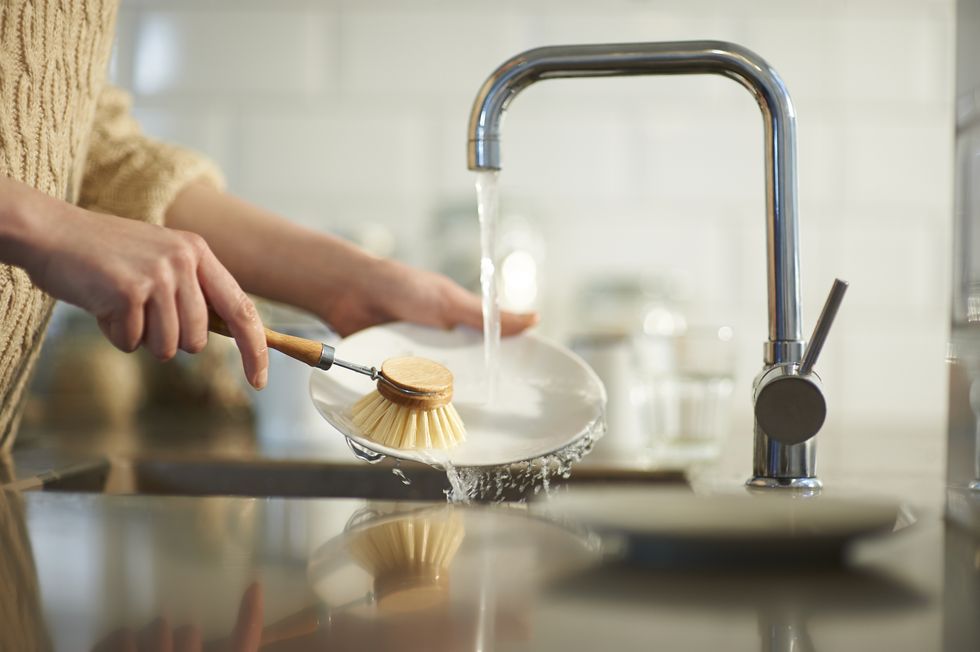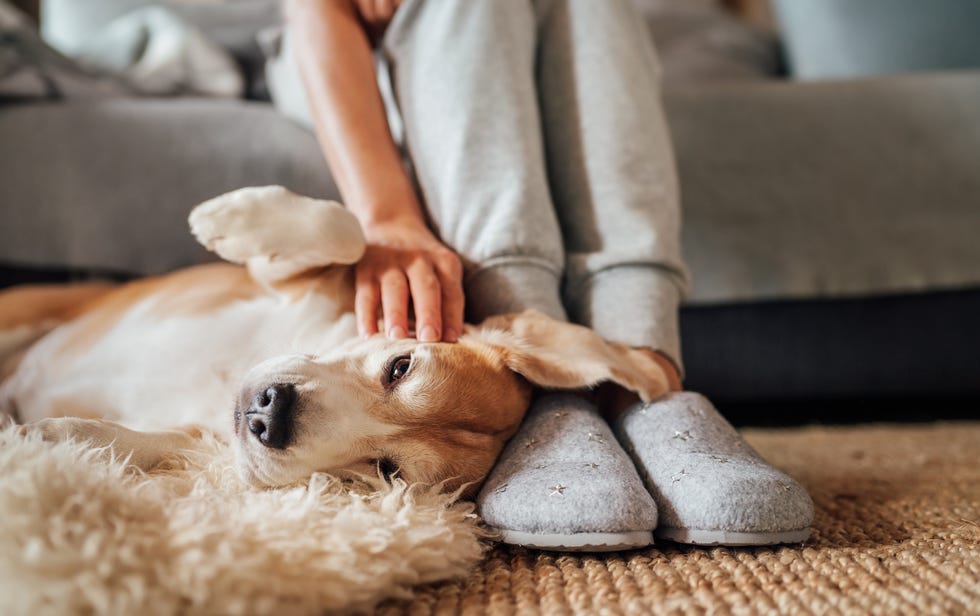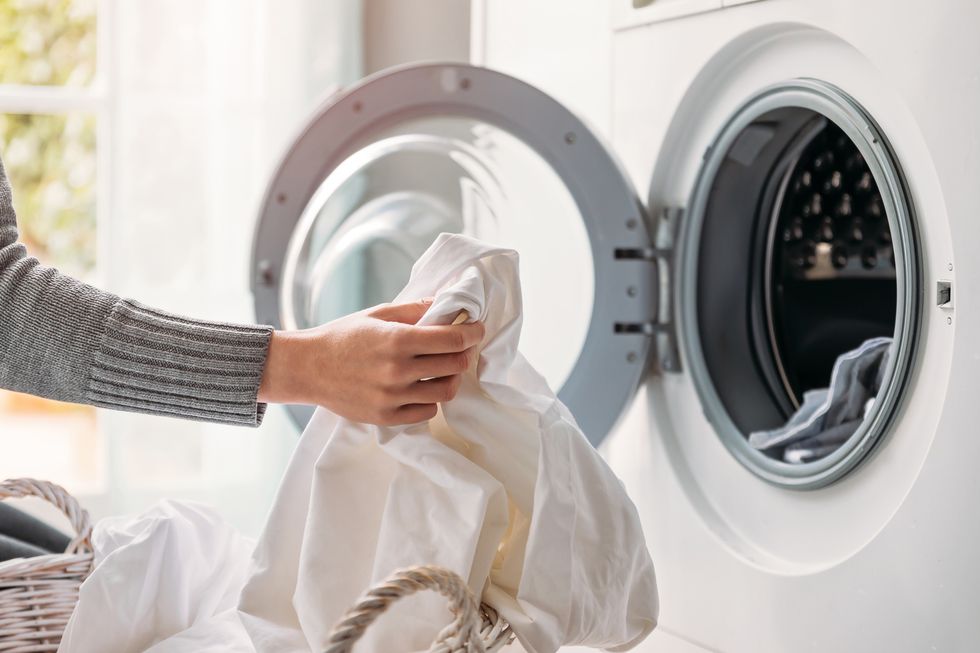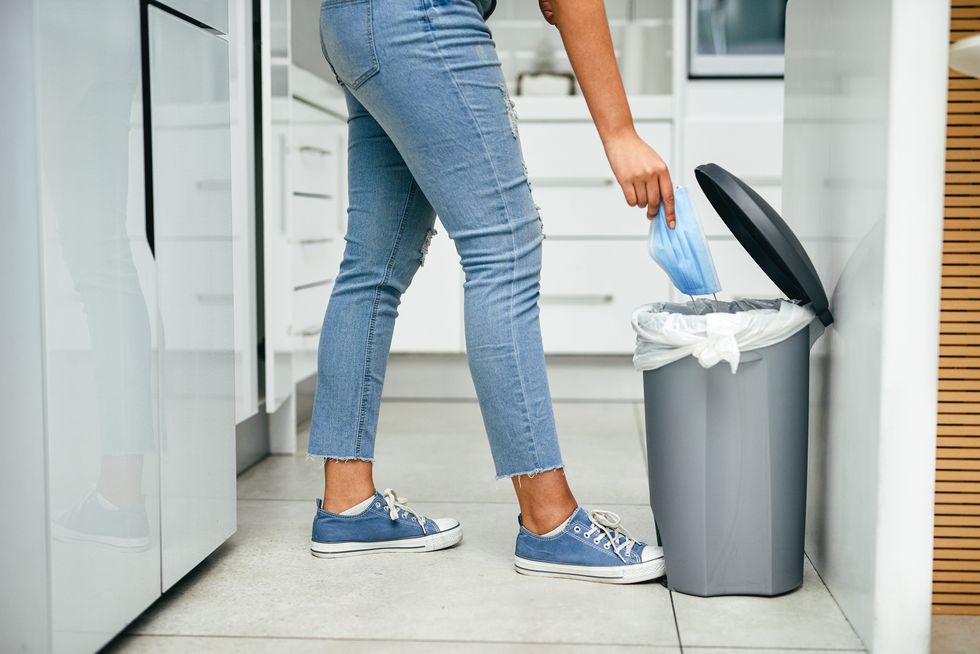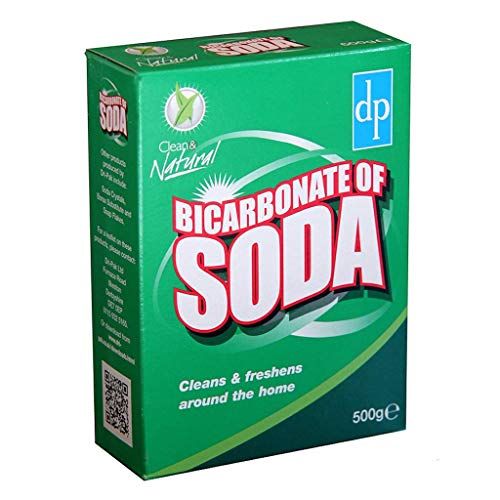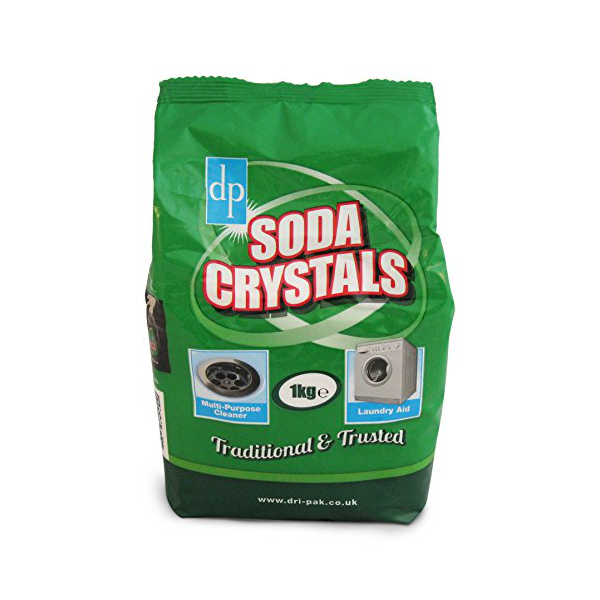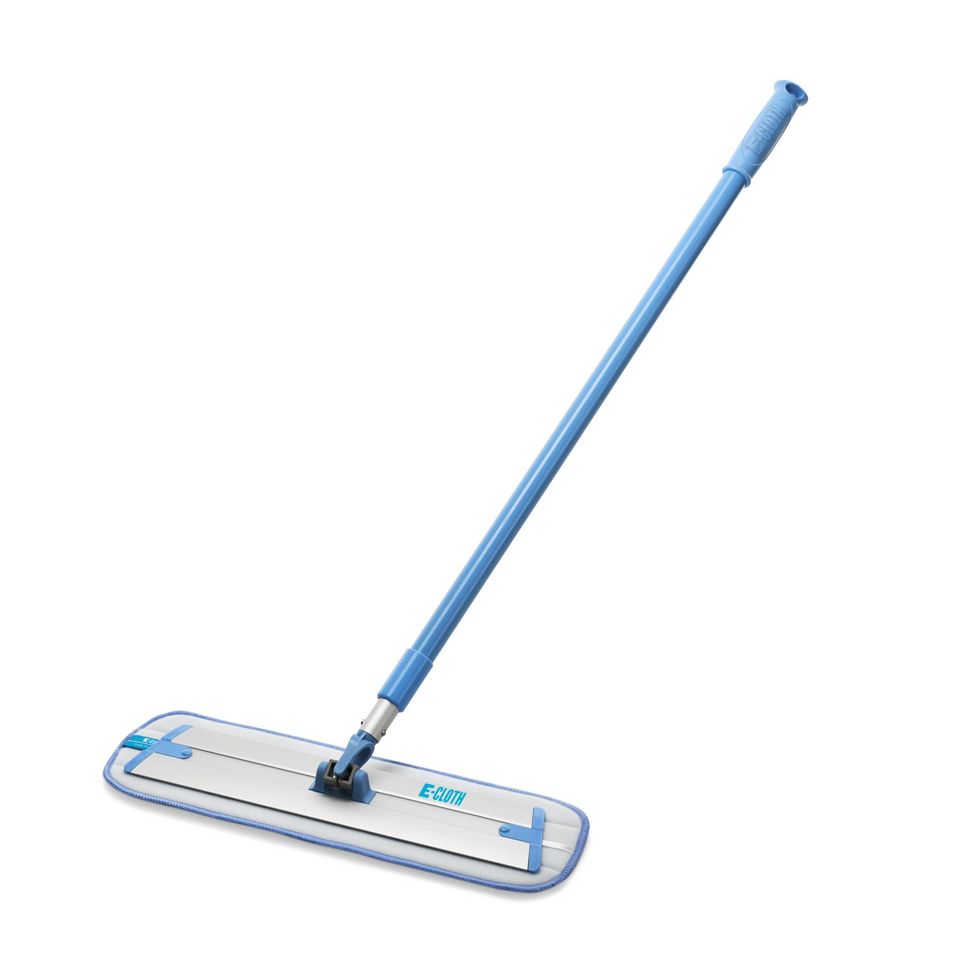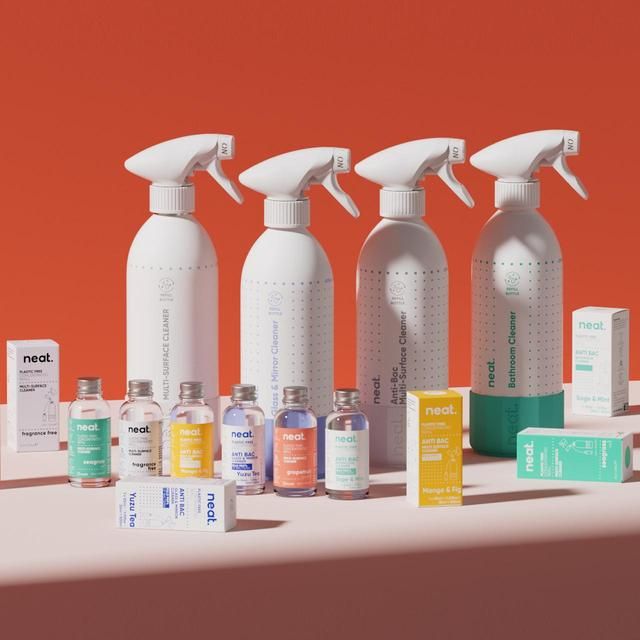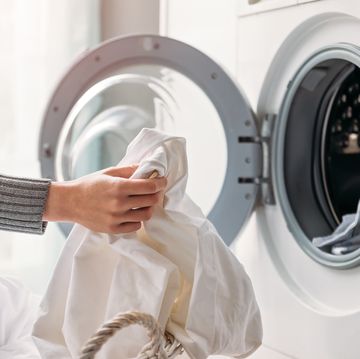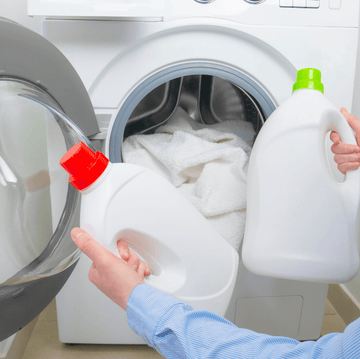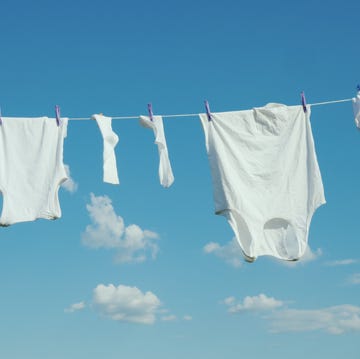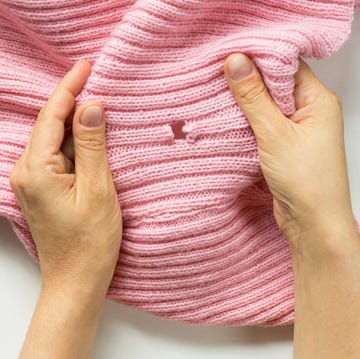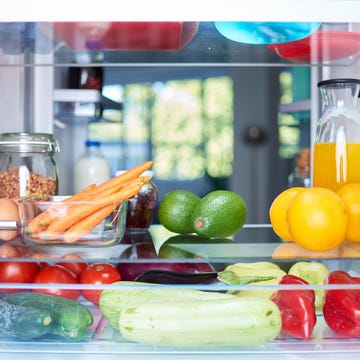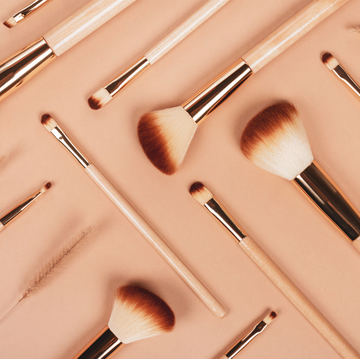When it comes to affordable, natural cleaning solutions, bicarbonate of soda (also known as baking soda) is a true multitasker. It’s mildly abrasive, so it’s brilliant for tackling grime and stubborn stains. Add water to make a paste or combine with white vinegar for a fizzing chemical reaction that helps cut through grease and unclog drains. Best of all? It’s a natural odour neutraliser.
Whether you’re scrubbing the kitchen, freshening fabrics or brightening up your bathroom, this humble ingredient deserves a permanent place in your cleaning arsenal. Below, we share 21 of the best ways to use bicarbonate of soda at home – and trust us, you’ll never look at it the same way again.
Bicarb is widely available; an example of this would be Dri-Pak's Bicarbonate of Soda.
What to read next
21 cleaning problems you can solve with bicarbonate of soda
1. Stained and smelly plastic food containers
Tomato-based sauces are notorious for leaving stains. Sprinkle bicarb onto a damp sponge to scrub away marks, or soak stained containers in a solution of 4 tbsp bicarbonate of soda and 1 litre of warm water to freshen them up.
2. A foul-smelling fridge
There’s nothing worse than opening the fridge and being greeted by a bad smell. A small open pot or box of bicarbonate of soda left inside will quietly get to work, absorbing strong odours before they cling to your food.
It works because bicarb neutralises both acidic and alkaline molecules – the stuff that causes smells in the first place. According to Dr Joanna Buckley, Education Coordinator at the Royal Society of Chemistry:, “Sodium bicarbonate, also known as bicarbonate of soda, is a common deodorising agent because it’s amphoteric, a word which comes from the Greek amphoteros, meaning both. This means it can react with odour molecules that are either an acid or an alkali, neutralising them and forming new compounds that are relatively mild in odour.”
So simply leaving an open container in the fridge can make a big difference to freshness – no scrubbing required!
Natural cleaners every home needs
3. Deodorise your dishwasher
Sprinkle a few tablespoons into the base of your dishwasher, leave it for 15 minutes, then run an empty cycle to banish unpleasant smells.
4. A filthy kitchen
Make a paste with water to clean countertops, stainless steel sinks, microwaves and cooker hoods. It’s gentle yet effective on a wide range of surfaces.
5. Tackle greasy dishes and pans
Boost your washing-up liquid by adding a teaspoon of bicarbonate of soda to help remove stubborn, baked-on residue.
6. The oven door
Chemical oven sprays can damage glass, but a bicarb paste left on overnight and wiped clean the next morning can lift light stains safely. Always patch test first to avoid scratching.
This is a handy solution for light stains, but heavy stains may need something stronger, like HG Stove Glass Cleaner.
7. Shift tea stains
Stained tea spoons? Reach for the bicarb and mix 2 tsps with a little water to make a loose paste. Rub the mixture into the stained area using a soft cloth, rinse and dry.
8. Musty upholstery and carpets
Sprinkle bicarb over sofas, rugs or carpets. Let it sit for 15–30 minutes, then vacuum it up to remove odours.
9. A smelly pet bed
Follow the same method for your furry friend’s bed – sprinkle, wait, vacuum. Instant freshness.
10. Grimy toys
Kid's are messy, it's one of the reasons we love them, right? But when it comes to their favourite plastic toys you can simply wipe with a cloth dipped in a mild solution of bicarb and water – safe, simple and chemical-free.
11. A crayon-covered wall
Fr counteracting your mini Picasso's creativity/ interior design instincts lightly rub bicarb onto a damp sponge and use it to erase crayon marks without damaging the paintwork.
12. Dingy laundry
Add 200g of bicarb to your washing machine drum with your usual detergent. It helps balance the pH and boosts cleaning power for fresher, brighter clothes.
13. Mildew in your bathroom
Mildew has met its match! Use a bicarb paste on tiles, tubs and shower curtains to remove mildew. It’s safe, effective and eco-friendly.
14. Grout
And the uses in the bathroom don’t stop there. A paste of bicarbonate of soda can be used to clean grout too. Just apply it to stained areas using an old toothbrush, then spray distilled white vinegar over the top. The fizzy reaction helps to dislodge dirt and stains – once the bubbling stops, give it a good scrub and rinse clean.
To help protect grout in future, apply a sealing spray once it’s completely dry – something like HG Wall & Floor Grout Protector will do the job.
15. Unclog and freshen drains
Pour 125g of bicarb followed by 125ml vinegar into your sink or bath plughole. Cover for 5 minutes, then flush with hot water. It’s like a mini science experiment with big cleaning results!
My top tips to deal with smells around the home
16. Smelly trainers
Sprinkle bicarb inside your shoes, whether it's your hardworking gym shoes or your summertime ballet flats, leave it to sit overnight to absorb sweat and odours. Shake it out before wearing and enjoy the new shoe feeling.
17. Rubbish bin smells
Before inserting a new bin bag, sprinkle some bicarb at the bottom of the bin to prevent bad smells.
18. Clean a greasy BBQ grill
Sprinkle bicarb directly onto your BBQ brush or grill and scrub to lift off burnt-on food and grease.
19. Dirty patio furniture
Use bicarb and water to wipe down patio chairs and tables. Store cushions with an open pot of bicarb nearby to stop musty smells forming.
20. A dank linen closet
Just like in the fridge, an open box of bicarb placed near your sheets and towels can fight musty smells. Place a small open box of the good stuff in your linen cupboard to prevent stale or musty odours.
21. Dull jewellery
If your favourite pieces are looking like they're lost their sparkle. Make a paste with three parts bicarb to one part water. Apply gently with a soft, lint-free cloth to shine up silver jewellery – avoid paper towels as they can scratch.

